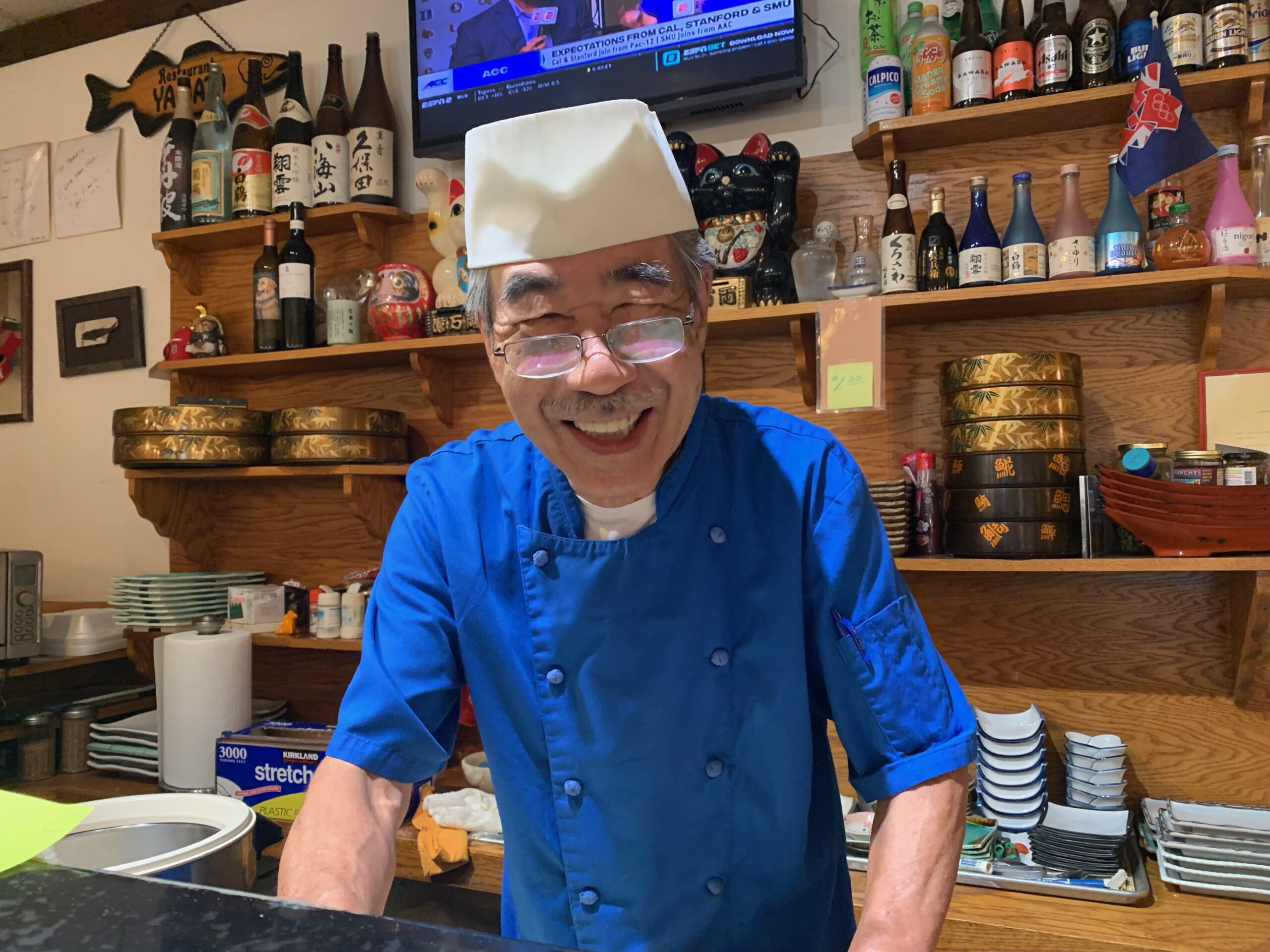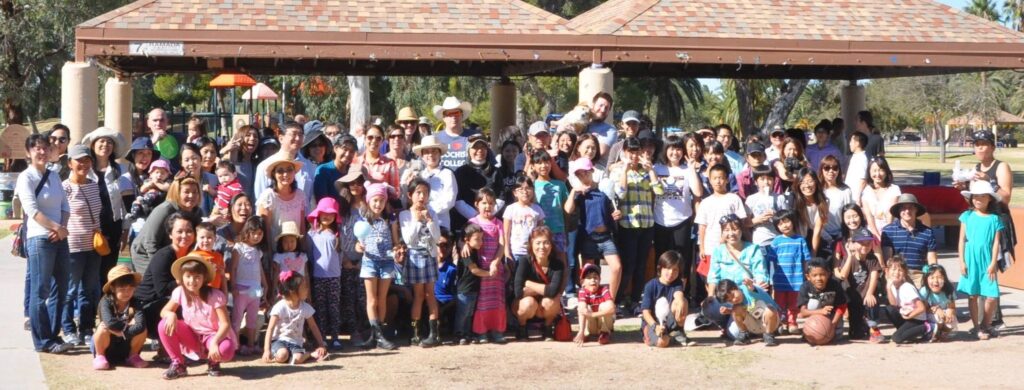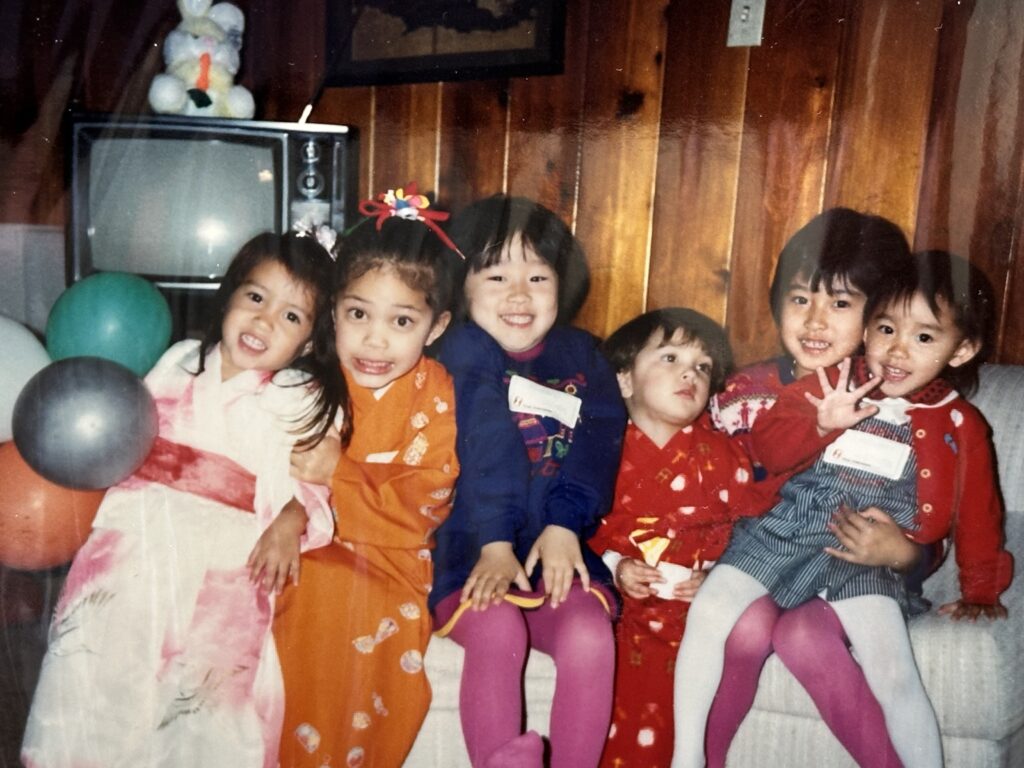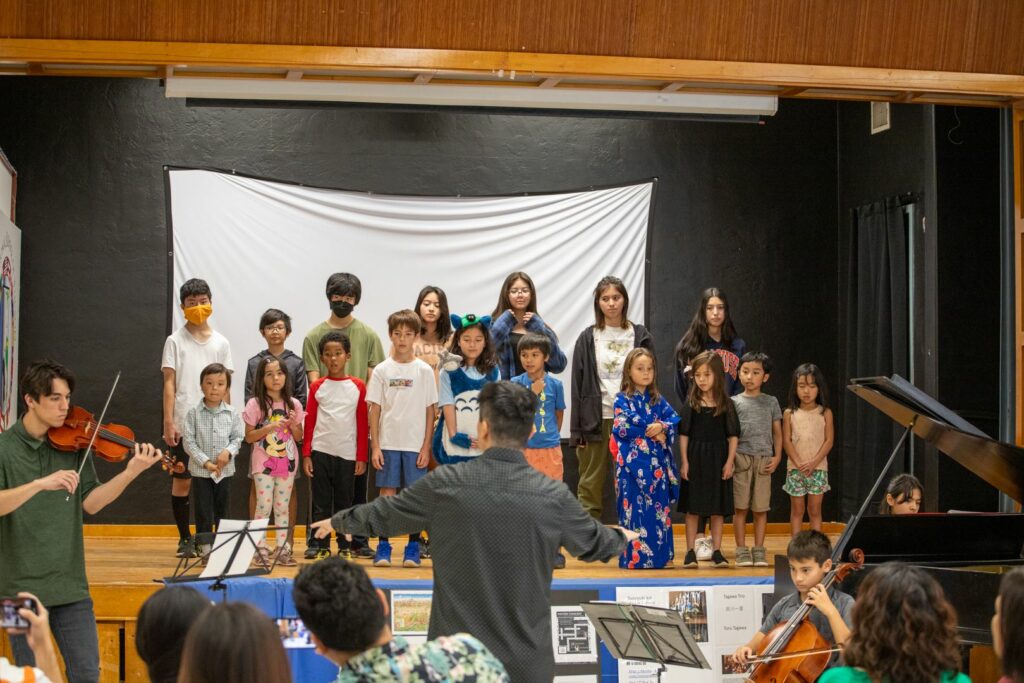
Early Japanese organizations and small businesses in Arizona date back to the early 1900s when immigrants arrived to work in agriculture, railway, and mining. As Japanese communities grew, particularly in the Phoenix area, they established small businesses to serve their communities, such as grocery stores and restaurants. Community organizations formed to support each other and preserve their cultural heritage, including Japanese language schools, cultural associations, and religious institutions. The forced internment during WWII and the accompanying discrimination significantly disrupted Japanese American communities in Arizona and throughout the country.

Soon after the war, Japanese Americans began rebuilding their businesses and community organizations in Tucson. Japanese women married to U.S. military personnel also came to Tucson, usually by way of Davis-Monthan Air Force Base and Fort Huachuca near Sierra Vista. The presence of a VA Hospital and base exchange made Tucson an attractive place for veterans to retire. These groups introduced the Japanese arts and culture to the broader Tucson community.
Tucson gained its first Japanese grocery store in 1971, Japan Food Mart started by Floyd and Teri Negley. They opened it to serve Tucson’s growing community and soon had customers from throughout the United States, Mexico, and even Europe. They sold it a decade later, and it moved to Sierra Vista and eventually closed. Another store, Tokyo Store and Restaurant, opened and later became Tokyo Restaurant and Sushi Bar, owned by Isidro and Michiko Sanchez. The Japanese restaurant business took off in the 1980s with the opening of the Japanese Kitchen and Steakhouse. This, in turn, spawned a new generation of restaurants as chefs left to open their own businesses, including Yamato Japanese Restaurant, which is still run by the original owner, Noboru Nakajima. These initial businesses helped lay the foundation for Tucson’s status today as a “foodie city.” On the corporate side, Komatsu, Mitsubishi, Raytheon, IBM and John Deere in Tucson continue to maintain ties with Japan, and members of Japan’s Air Self-Defense Force trained with the Air National Guard at Tucson International Airport while their runway in Japan was under repair.

In the 1970s and 1980s, the combination of Japan’s economic strength and cultural appeal significantly boosted its presence throughout the world. Japanese companies formed business relationships and opened branches in the United States, bringing employees with them. Students arrived to study at universities. People who had no Japanese heritage began studying Japanese arts. Tucson was no exception, and today it has a number of businesses and organizations started during that period by both the Japanese community and people who are not Japanese but love the culture.
The Japanese Association of Tucson (JAT) was started in the 1970s by visiting researchers and post-doctorate students at the University of Arizona who wanted a place to gather with their families. As Japanese business men and their families moved to Tucson, usually for temporary positions with companies that did business in Japan, they found a welcoming group from their own country. Because the group was constantly in transition as people returned to Japan and others replaced them, it asked Yukari Fujimoto, who was planning to stay in Tucson, to manage the organization on a volunteer basis 30 years ago. Since her children were young, she started children’s groups and a women’s group within JAT. Today, her primary role is to connect people to one another and other Japanese organizations in Tucson, and to organize an annual picnic and other events, such as the 2023 Japanese Fall Festival.

A number of cultural organizations established during that time continue strong, including the Japanese Association of Tucson, Aikido of Tucson, Kodenkan Yudanshakai martial arts, Tucson Bonsai Society, Johrei Fellowship, Ohara School of Ikebana, Southern Arizona Koi Association, Suzuyuki Kai traditional dance, and Zen Desert Sangha.

The Japanese American Society of Tucson (JAST) is no longer around, but its records offer valuable information and insight. JAST was founded in 1981 by Barbara Bowman Blair, who served as president the first six years, and Minoru (Min) and Evelyn Yanagihashi. Min Yanagihashi served as president the next 12 years, and M. Fumie Craig, was president the final seven years. For 25 years, JAST was the driving force in preserving and presenting information about Japanese customs and traditions through a wide range of programs and events. It also worked with the Tucson Unified School District to develop curriculum on Japan and hosted Japanese university baseball teams in Tucson for training and exhibition games against the University of Arizona and Pima Community College. JAST hosted delegations from the Gifu and Okayama prefectures, consul generals from Los Angeles, and the Honorable Yoshio Hatano, then Japan’s permanent representative to the United Nations. It also supported the business community by sponsoring, organizing and promoting lectures and seminars. In 1988 the Tucson Metropolitan Chamber of Commerce ask JAST to assist in a series of four business seminars for the Tucson World Trade Fair.

Since the 1980s, many more groups have emerged. The Southern Arizona Japanese Cultural Coalition (SAJCC) lists over 50 cultural, educational, and religious groups; artists; businesses; and cultural sites in its Directory/Resources, http://www.southernazjapan.org/. SAJCC was founded in 2012 by Ross Iwamoto. Min Yanagihashi and M. Fumie Craig, formerly JAST presidents, were two of the charter members. Other charter and current council members are listed on its website. SAJCC is an inclusive group that seeks to unify everyone involved in creating, maintaining, and promoting Japanese culture in Tucson and Southern Arizona. Its website lists current activities throughout the city, and its webmaster, Carolyn Classen, maintains a mail list with regular updates. To subscribe, email pololu@hotmail.com.

SAJCC’s annual Japanese Festival is a community-wide event that showcases Tucson’s Japanese organizations and promotes camaraderie among participants. Though ticket prices are low, the group makes enough money to provide scholarships for a Kyoto study abroad summer program by the East Asian Studies Department at the University of Arizona. It also offers support for other cultural and arts organizations. Upon requests, it has sponsored lectures and panel discussions, and it organized a visit to the Gila River Relocation Center.
Tucson’s educational community has been instrumental in guiding an accurate, comprehensive, and long-term understanding of Japanese culture, language and history. The Department of East Asian Studies at the University of Arizona, the World Languages Department at Pima Community College, and the Japanese Language School offer an array of classes and events open to the public. Information is available on their websites and the SAJCC website. Yume Japanese Gardens also hosts exhibits and activities.

Credit: James Tokishi.
Collectively, these groups enhance understanding of the Japanese culture and attract new participants. As members of these organizations gain knowledge, they want to share it with others. For there is not greater satisfaction than sharing.
Heading photo: Noboru Nakajima, Yamato Japanese Restaurant
Additional information about the history of Tucson’s Japanese community is available in chapter nine of The Japanese American Experience: Change and Continuity by Minoru Yanagihashi, PhD, at Amazon.
